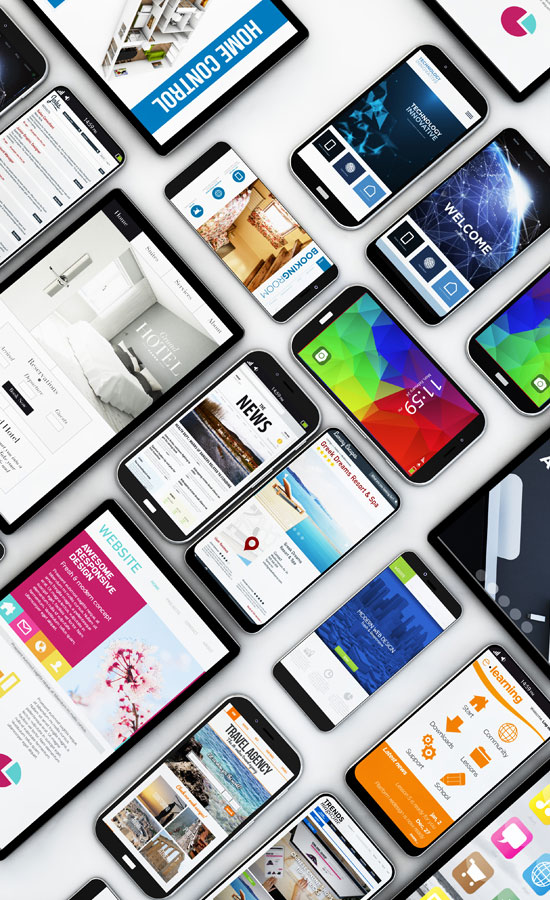Value-Add Services To Increase Recovery on Cell Phone Lots
TESTING AND GRADING CONSUMER ELECTRONICS
Eliminate Buyer Concern With A Few Simple Services
If you are selling used cell phones and are unsure about the working condition, or have not done any testing or repair, these should be listed as Salvage. While there are several different tests to increase recovery, there are 2 ways to test your cell phones: Cosmetic and Functional testing.
Cosmetic Tests:
These types of test take little effort, as the condition of the cell phone is simply being observed as to better identify a grade.
- Are there scratches, chips, dents, etc. on the frame (sides/back) or bezel?
- If so, how severe (light, moderate, heavy)?
- Are there scratches or cracks on the glass?
- If so, how severe (light, moderate, heavy)?
Once each phone has been tested a grade should be assigned. Grading phones in certain categories may portray the value of your lot.
- Grade A – Excellent Condition (No to minimal scratches/ wear)
- Grade B – Good Condition (Numerous minor scratches)
- Grade C – Fair Condition (Heavy usage, scratches/ dents visible)
- Grade D – Poor Condition (Cracked screen, major cosmetic damage)
Grading is extremely important to buyers within the secondary market. Having a solid understanding of product grades may build trust with potential buyers.
Functionality Tests:
This type of testing may take some work, but it’s very useful in earning a higher recovery. This type of testing tells prospective buyers the results of the units after being fully tested.
- Has the phone been power tested, and if so, does the phone power on?
- Does the phone hold a charge?
- Have the buttons (power, volume, home screen, etc.) been tested?
- Have the camera, speakers, and microphone been tested?
- Does the touch screen (digitizer) work? Are there any issues with it?
- Are there dead pixels, spots, etc. on the LCD?
- Is the phone locked (ex: iCloud lock)?
- Has the ESN/IMEI been verified clean?
- Has the phone been factory reset?
Lock status is extremely important, even if the phone is brand new as not all buyers have the knowledge to unlock the phone. Including ‘locked’ or ‘unlocked’ in the item description is a vital piece of information many buyers seek and could further increase the recovery value.
Testing may be too involved of a process given time constraints, so basic tests to simply identify if a unit can power on is the only test performed. In these cases, documenting the cell phones do power on only and no further testing has been completed is information the prospective buyers need to know in order to bid.
Refurbished lots should document the process taken in order to fully restore the unit. Within the description, include if there is a limited warranty, the steps taken to qualify the item as being refurbished and any additional certification information the buyers need in order to calculate their offer.
Building trust with buyers is vital within the secondary market as without it, buyers may be less likely to bid.
Misleading information increases the likelihood of disputes from buyers, thus eliminating the possibility of repeat business.
There is a market for every condition but listing descriptions need to be honest in order to conduct business with the right buyer. It will go a long way.



